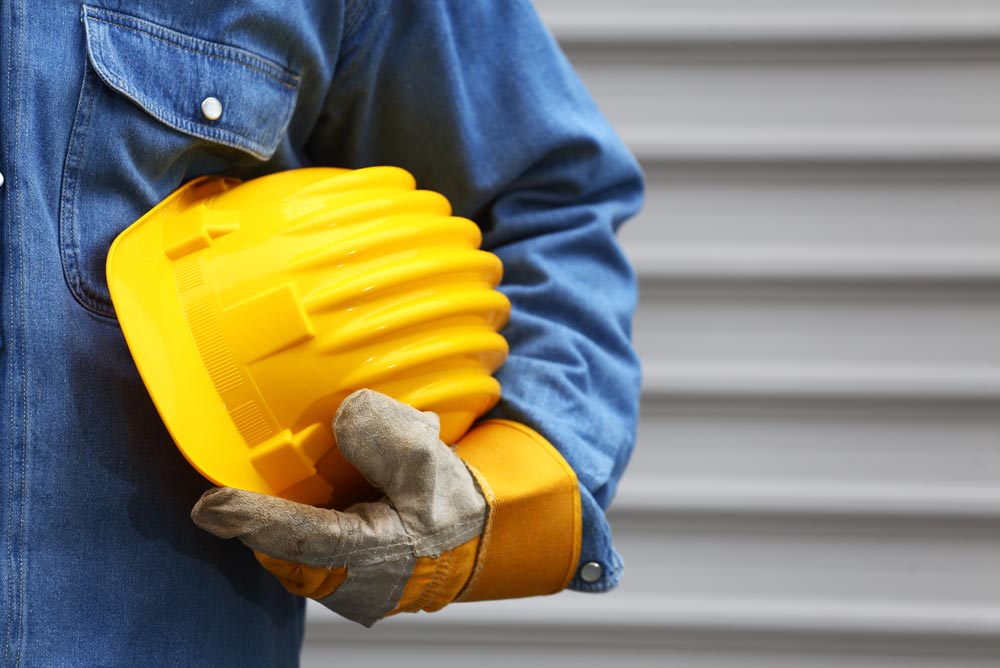Using safety goggles while you are dealing
with experiments in science glass is essential for a safe, active learning
environment. However, choosing the right goggles and using them in the right
way is critical to ensure the lab experience is a good as well as a safe one.
Are you looking for safe, reliable and
affordably safety goggles, glasses and so much more? Contact L&A Safety, your one stop shop for all
your safety clothing and equipment. Contact us today on 021 552 0665 or visit one of our branches in Milnerton, Robertson or
Vredenburg.

Science labs and classes aren’t that
dangerous, but when you’re working with strong chemicals, fast moving objects
and other foreign materials, there is a high chance of accidents and injuries.
Different labs and science classes have different risks depending on the types
of experiments performed and the equipment used…
Biology. Dissections may need sharp
instruments that could cause cuts and hazardous bodily fluid spills. Preservation
chemicals used on tissue cultures can also be toxic.
Chemistry. Strong chemicals and
chemical reactions can create fumes, splashes and dust that can irritate and
damage your eyes. Dropping test tubes, beakers and flasks can also create
dangerous shards of glass.
Anatomy. Students in more rigorous
anatomy classes may encounter human bodily fluids or may be growing dangerous
cultures that could cause infections and injury when in contact with your eyes.
Physics. These classes may use
rolling, falling or thrown objects to measure different physical laws, and eye
protection is necessary to safeguard against this.
Earth Systems. Studying ecology,
geography, and other Earth sciences may lead to experiments with sharp objects,
toxic plants, or other items best kept safely away from the eyes.
Geology. Advanced geology may break
rocks to examine their strata and sharp objects and rock dust can irritate or
injure eyes.
Damage to your eyes does not heal as easily
as damage to other parts of your body like your hands. So, make sure you take
the proper precautions and wear your safety goggles.



